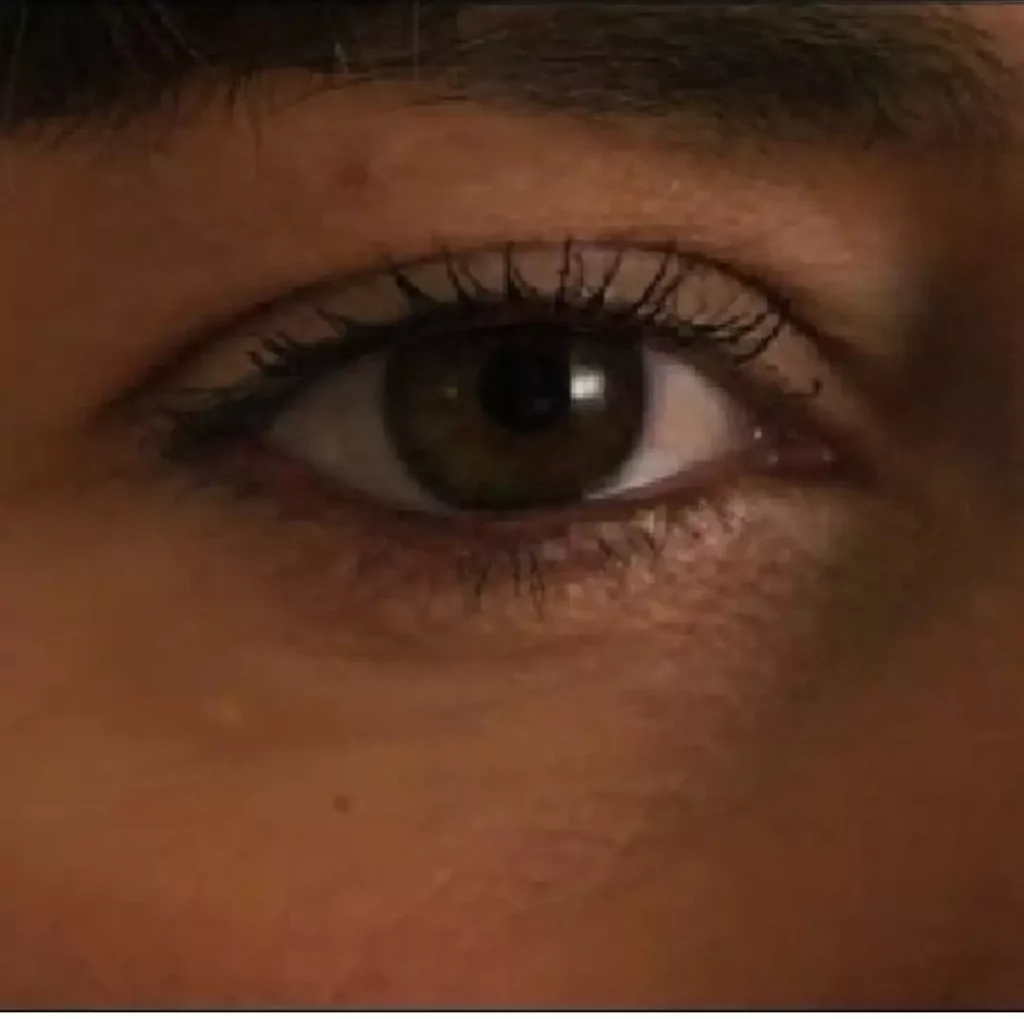Transpersonal Therapy – The exit is actually inside Introduction to meditation
Introduction to meditation
What is meditation?
Meditation is an ancient practice of harmonization that has survived multiple cultures and that facilitates the restoration of inspiration and serenity through the daily experience of a fertile active silence that at the same time empties the mind of superfluous and often toxic content.
In addition to this, an infinite number of things result from it….
It is essential and complementary to any therapeutic activity that involves personal growth and development.
It is mental gymnastics that exercises the attention and therefore the “realization”. It is an activity related to the focus of attention and consciousness, which allows the person not to be subjected to the fluctuations of emotions, but rather to have more options.

It is based on three pillars
The posture
Sitting in lotus or half-lotus or on a chair, with a straight back, establishing a horizontal base from which the great vertical line (image of a mountain) will rise, body relaxed, shoulders away from the ears, chin slightly tucked in, eyes closed or half-closed, abdomen soft to allow expansion during inhalation, hands in a mudra posture (which better facilitates the emission of alpha waves). Tongue resting on the palate (which produces less saliva). A slight inner smile that denotes benevolence. The physical posture is related to the psychological attitude and attentional stance that the individual adopts.
Breathing
Awareness of breath through sustained attention focus on it.
Attitude
An open mind, neither rejecting nor stimulating thoughts or sensations that come and go. Broad, simultaneous conscious perception of the inside and outside, sharp and intense attention, experience of the here and now, full attention and presence. In each realization of drifting from the present, gently returning time and again to the awareness or witnessing of the present moment.
What does it provide us?
– It accelerates the evolutionary process of the human being because it stimulates self-discovery and progressive awakening.
– It unconditions the reactive mind by bringing awareness to the true roots of actions, being able to better choose what kind of reaction we want to have.
– We manage to stop, go through and see by stopping the automated thinking process based on endless chains of association of ideas.
– We get the deconstruction of old mental paradigms and access to currents of intuition
– We gradually detach our conscience from conflicting emotions in many cases anchored in experiences of the tenderest childhood.
Book your appointment
Get more information by contacting Lidia
